Using native plants in landscaping can have a number of benefits for both homeowners and the environment. The basic idea comes from planting trees, shrubs, and grasses that don’t require particular care or attention aside from that which occurs in the natural environment.
By using native plants, you can minimize water and reduce any negative seasonal impacts. You also gain the added benefit of hardier plants that stand up better to instances of extreme weather. Lastly, we find that native plants come with easier maintenance overall.
Table of Contents
What are Native Plants?
Native plants are those that are naturally found in a particular region and have evolved over time to thrive in the local climate and soil conditions. They are well-suited to the environment and often require less maintenance and resources than non-native plants.
Native plants can also add aesthetic value to a landscape, with many native plants having unique features such as colorful flowers or interesting foliage. Using native plants in landscaping can be a sustainable and environmentally friendly choice.
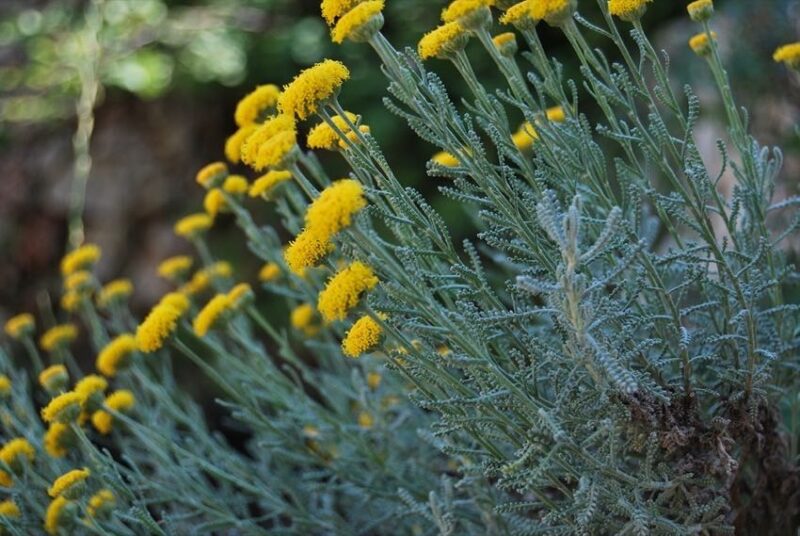
Benefits of Using Native Plants in Landscaping
Native Plants Thrive in their Natural Environment
One of the main benefits of using native plants in landscaping is their ability to thrive with minimal care. Because they are adapted to the local climate, they are able to survive and even thrive with minimal watering, fertilizing, and pest control.
Lower Maintenance
By definition, native plants evolved over time to thrive in the local climate and soil conditions. That gives them additional resilience. As a result, native plants typically require less maintenance than non-native species. They are less prone to pests and diseases, and they carry more drought tolerance.
Native plants also tend to have root systems that go deep into the landscaping. This helps them absorb water and nutrients more efficiently, making them less reliant on irrigation and fertilization. This can really save you time and money, as it reduces the required resources to maintain your landscaping.
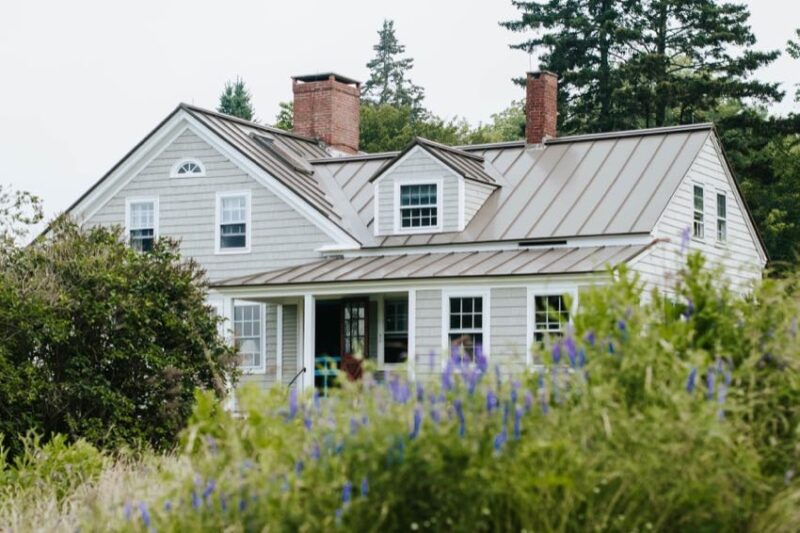
Ecological Benefits
In addition to being low-maintenance, native plants also provide important ecological benefits. They provide food and shelter for local wildlife, such as birds, butterflies, and pollinators. This can help to support biodiversity in the area, which is important for maintaining a healthy ecosystem.
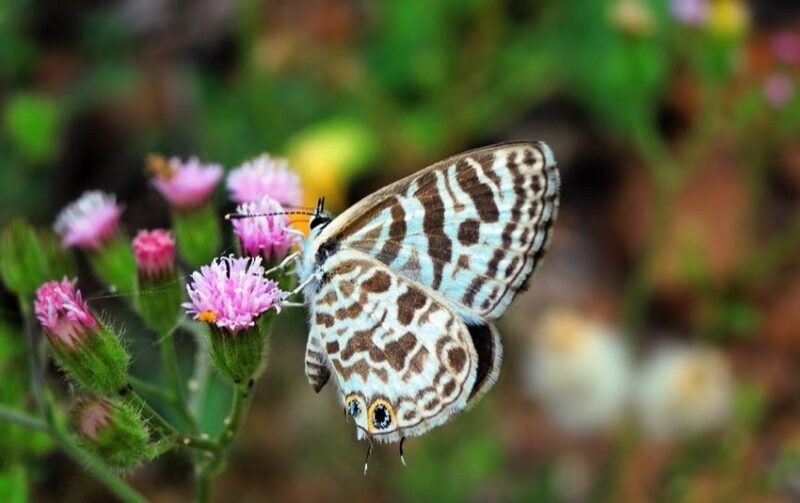
Native plants also have an innate ability to conserve natural resources. Non-native plants often require more water and other resources to thrive. This can put a strain on local ecosystems. By using native plants, homeowners can conserve water and other resources, making their landscaping more sustainable and environmentally friendly.
Editor’s Note: See our article on installing a rain barrel for another excellent way to conserve natural resources.
Aesthetics of Using Native Plants in Landscaping
Using native plants can also add aesthetic value to a landscape. Many native plants are attractive and have unique features, such as colorful flowers or interesting foliage. They can add interest and beauty to a yard. You can even use these plants for borders, in rock gardens, or as beautiful focal points.
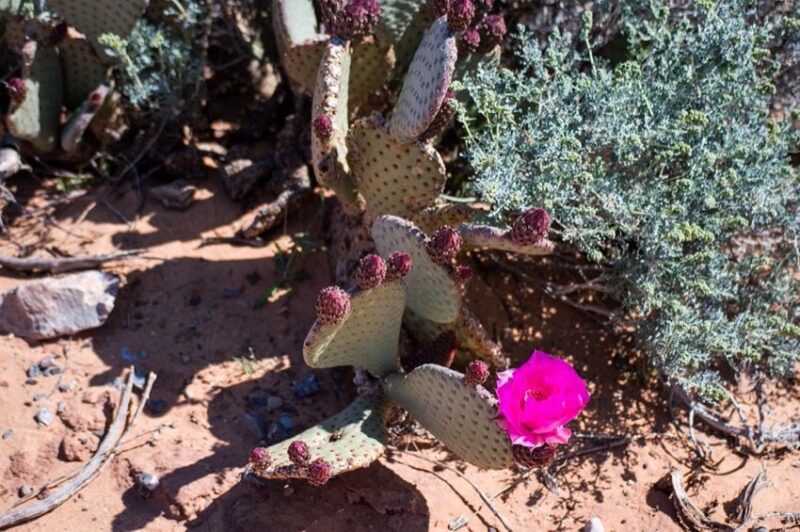
Try that with a more traditional plant from your local home improvement warehouse!
Considerations Before Using Native Landscaping Plants
There are a few things to consider when incorporating native plants into a landscaping plan. For one—be certain you select plants appropriate for the local climate and soil conditions. For “long” states like Florida, what works near the bottom of the state doesn’t do so well near the top. Just ask anyone who has tried to grow coconuts in Orlando!
Secondly, consider the sun exposure and water needs of the plants. The east and west sides of your home have vastly different amounts of exposure to the sun. Shade-tolerant plants require different positioning than those requiring full sun.
It’s also important to consider the mature size of the native landscaping plants, as some may grow larger than expected and may need to be spaced accordingly.
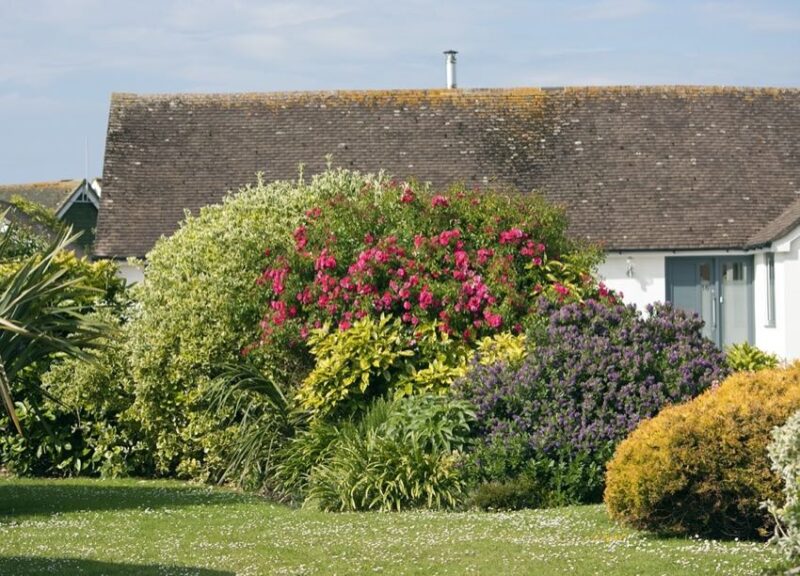
Final Thoughts
Overall, using native plants in landscaping can provide a number of benefits for homeowners and the environment. They are low-maintenance, provide important ecological benefits, conserve natural resources, and add aesthetic value to a landscape. With careful planning and selection, native plants can be a valuable addition to any yard.
You may not need a landscaping license to tackle the use of native plants in your yard, but it helps to understand the basics.


